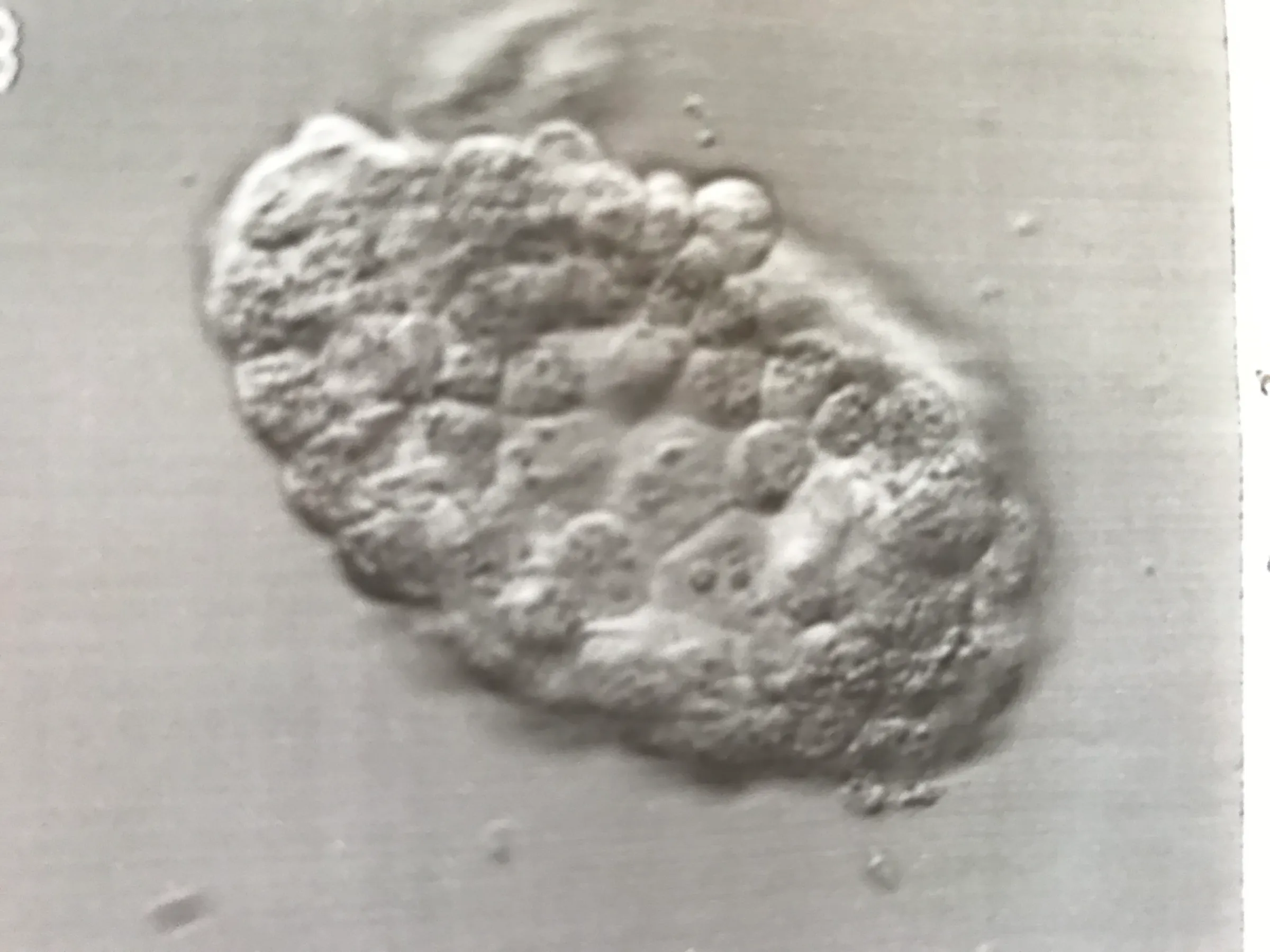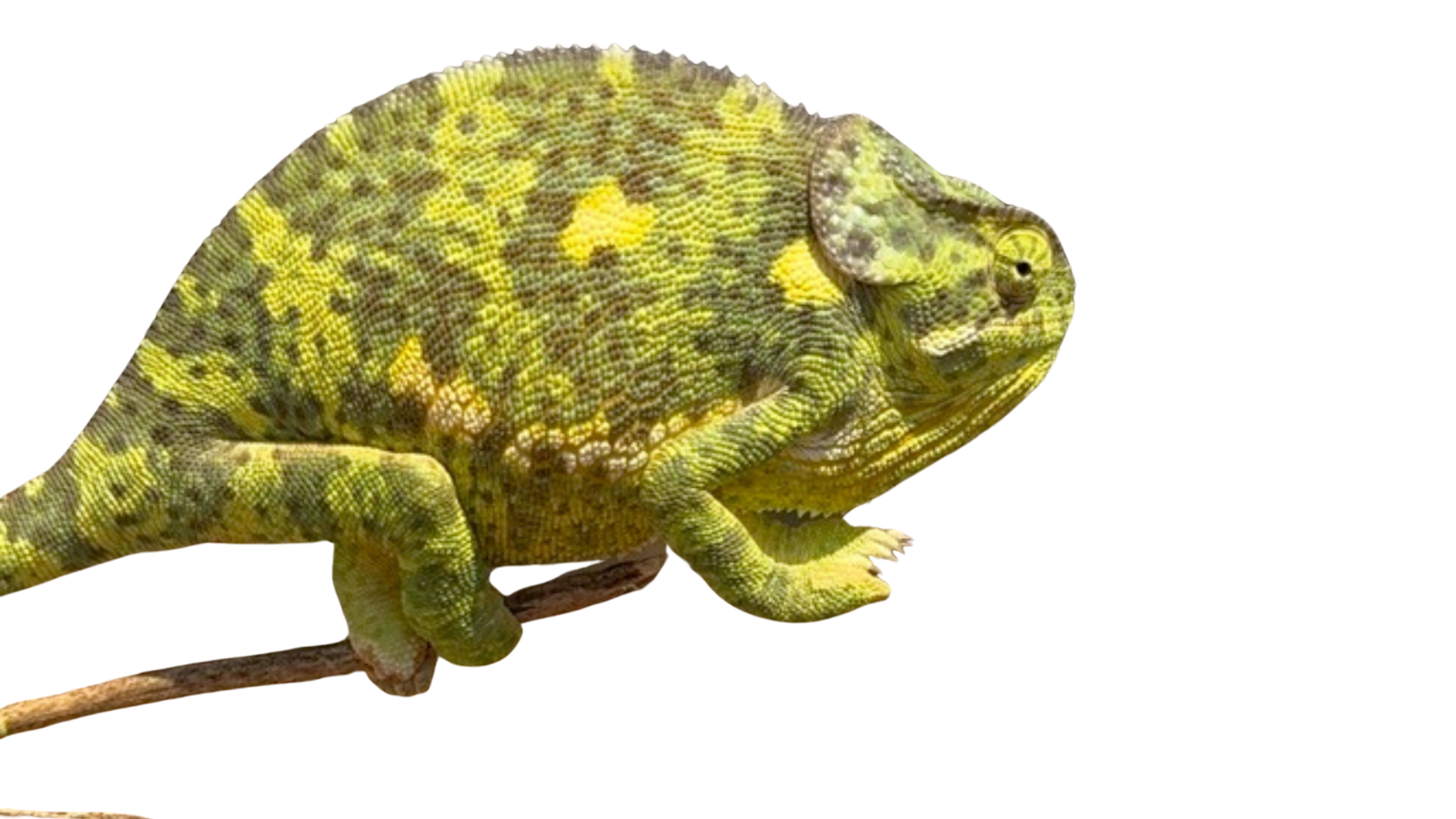The things that make technology great are the things that make human consciousness great. At the same time, the shortcomings of our consciousness are magnified by technology. Human consciousness and technology have long been one interacting system; you could call it techno-consciousness. If we are going to use technology effectively we need to understand how this works.
One of the biggest limitations of our consciousness is that it can only see what is right in front of it. If the world is an infinity of blackness that we have a flashlight. Technology has turned that flashlight into an enormous spotlight. Technology has begun to move that spotlight very fast. Technology has not made our consciousness a floodlight. I don’t think it ever will. In contrast, nature is what happens in the dark. Nature doesn’t need a light.
We should not expect technology to compensate for some aspect of our consciousness. But technology is pretty good at patching up problems created by previous technologies
CRISPR and GMOs offer a great illustration of what I mean. This year is the Twentieth anniversary of GMOs in production agriculture. They have yet to raise yields by a single grain of corn. The reason for this is that the spotlight of human consciousness has to travel every twist and turn of the corn genome in order to come up with any modification. Somehow we have to make modifications in many places on that corn genome and we have to know how all those modifications will interact with each other. This sends our spotlight racing around and as soon as it moves on to another thing the blackness takes over again.
Conventional breeding is different. Conventional breeding used to be called ‘artificial selection,’ but compared to GMOs it is just another kind of natural selection. Conventional breeding and natural selection don’t need to know how all the modifications happened. They just happen.
So far, the blind spots in human techno-consciousness have mostly manifested in the form of disappointment, in what GMOs have failed to do, like increase yields. It is hard to increase yields. But as time goes on, and as new more powerful technologies crop up, disappointment will someday turn to disaster. There will be some huge problem created by GMOs. We can’t say what it is and it will probably come from an unexpected direction. But we know that it will happen. How? Because if it didn’t happen it would be the first time in human history that a technology was important and beneficial without creating a major negative side effect.
That being said, we should still do it. We as ecologists need to continue to work with these technologies.
I’m sure there are potential applications for GMOs and CRISPR in agriculture, but I can’t think of any off the top of my head. Natural selection seems to lend itself to the sort of agriculture that we do just fine. But I can think of a whole raft of ways that it could be used by the enterprising conservationist.
Apparently, there is work underway to engineer an American chestnut with a gene to make it resistant to chestnut blight. If it were successful, this tree would have 33,000 base pairs that are identical to the chestnut trees that dominated the Eastern forests of North America in 1492 and provided an amazing food resource for so much biodiversity, including humans. And there would be one base pair that would be a human introduction, let loose on the ecosystem forever. If we as ecologists were too pure to consider introducing one blight-resistant gene, I think it would be official. Ecologists would be worse than worthless. We have to weigh the potential damage that intentionally introducing one tiny little gene could create, against the huge damage people created by introducing the chestnut blight a hundred and fifty years ago.
In many ways this what ‘cross-species hybridization’* does. People of Tibetan ancestry have a gene that helps them cope with high altitude conditions. Since we have sequenced the genome of Home denisova we know this gene comes from the “Asian Neanderthal.” Most of the rest of the genome of these Asian Neanderthals were replaced over the millennia with the genes of anatomically modern humans. But the altitude gene was important and it stayed.
The difference being, with GMOs and CRISPR, we could draw from species separated by tens or hundreds of millions of years of evolution. Could we insert genes that could increase survival among frog species devastated by chytrid, or bat species devastated by white-nose? Could we remove avian malaria from Guam or turn the tide on coral bleaching? I don’t know, but I want to hear some ideas around these challenges and so far our best response is despair.
We need to be extremely careful with this technology. But it also offers a lot of potentials. As conservationists, we need to realize that the only GMOs and CRISPRs^ that we can be sure of stopping are those that will be good for conservation and biodiversity.
Next week we will delve into the practice of resurrecting extinct animals through Genetic technologies. I will weigh in on the question that many ecological navel-gazers have been asking, “If we can, should we clone a wooly mammoth?” My two-word answer to that question will come in the fourth and final installation of this series on GMOs and CRIS
*”Cross-species hybrid” is an oxymoron as far as I am concerned (accept where GMOs come into the mix). We call populations that can breed with each other a ‘species’ and we do so for a good reason. New molecular methods are making that problematic for taxonomists but, deal with it.
^ Can we use that as a plural? Let’s just do it. From now on things that are modified using CRISPR are CRISPRs.

